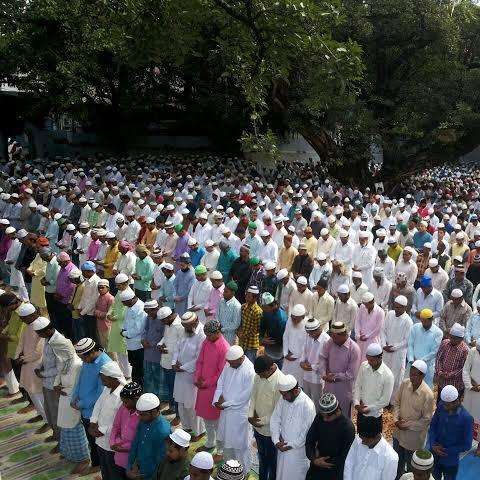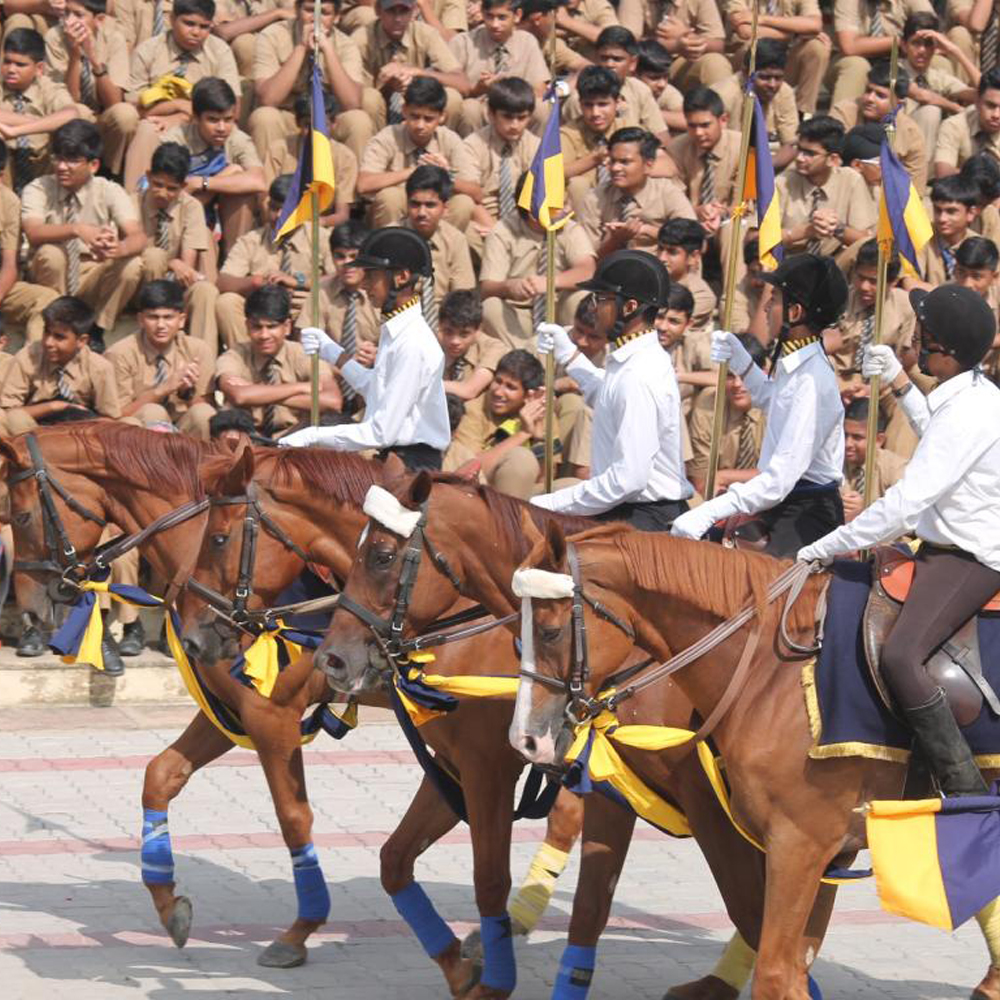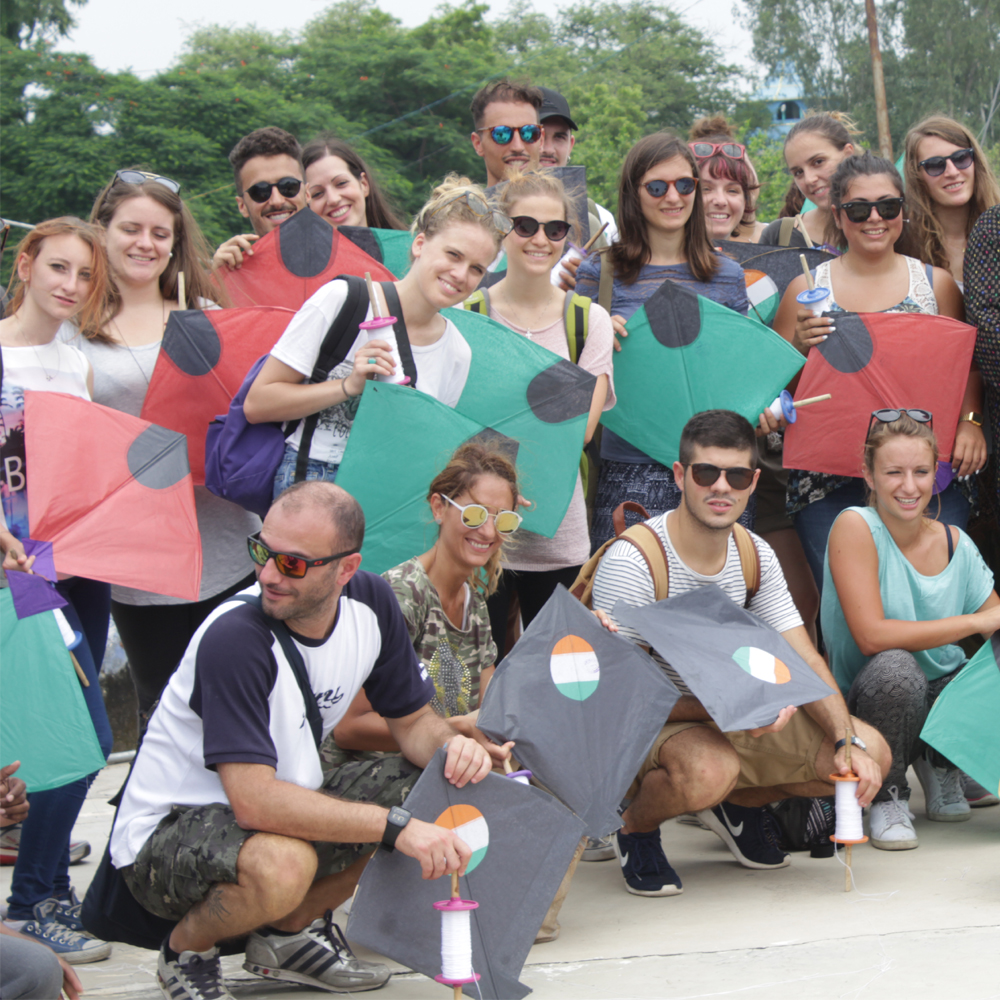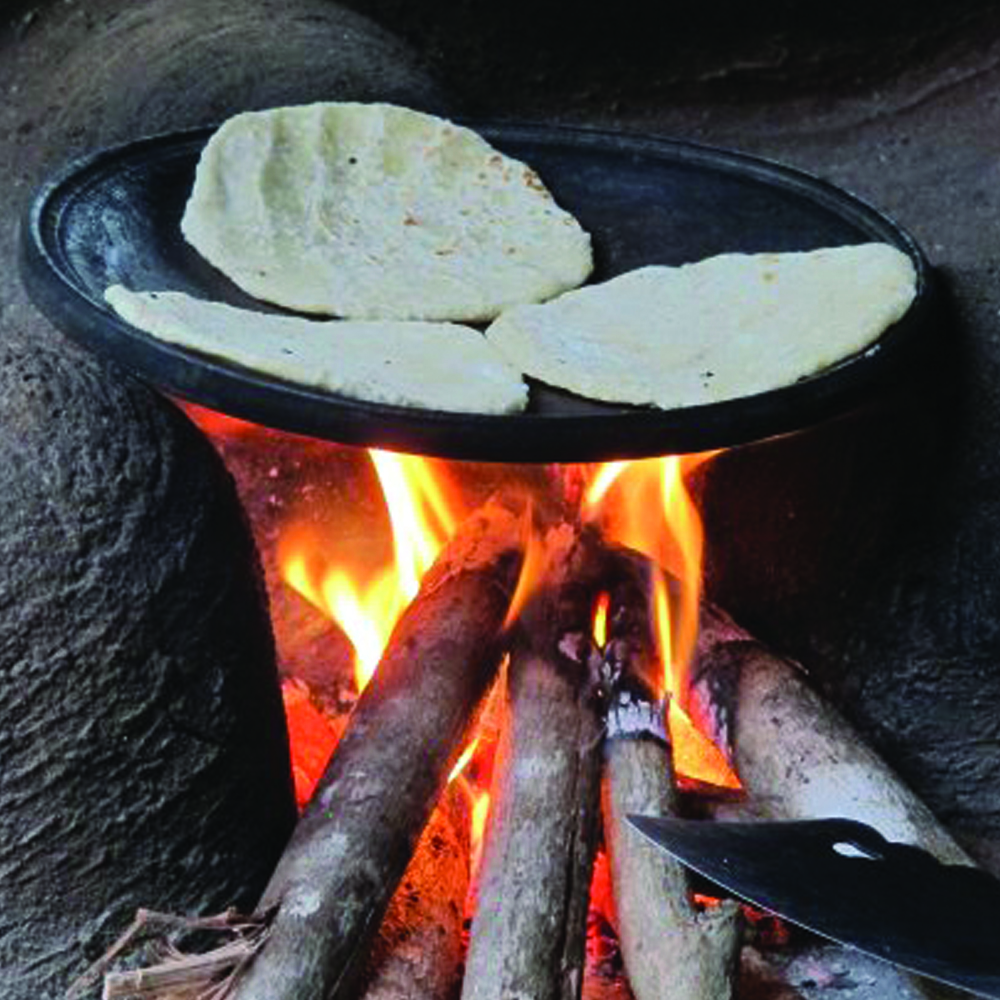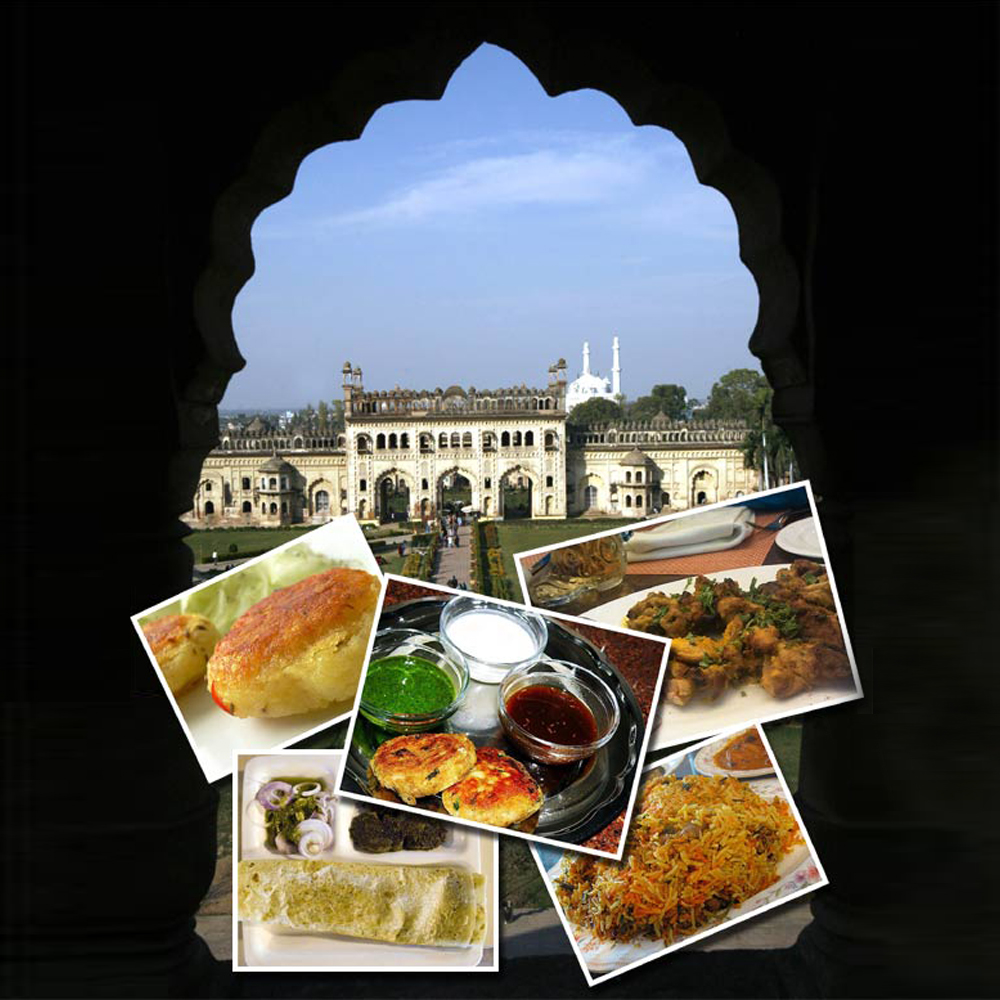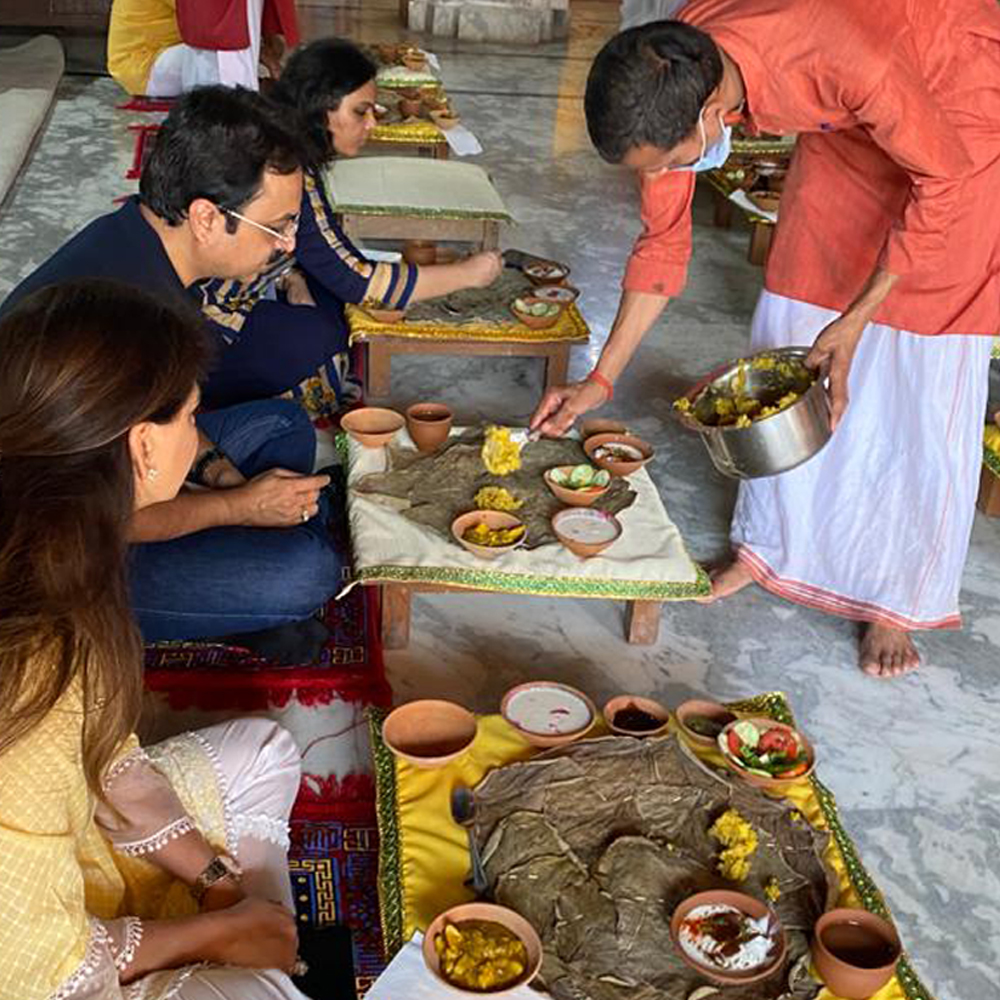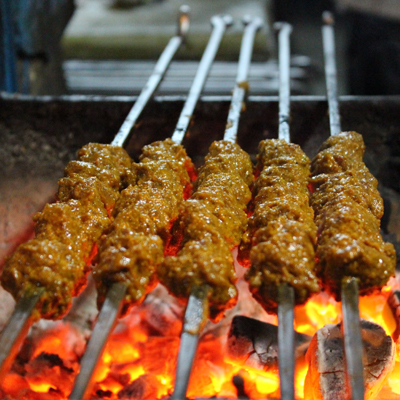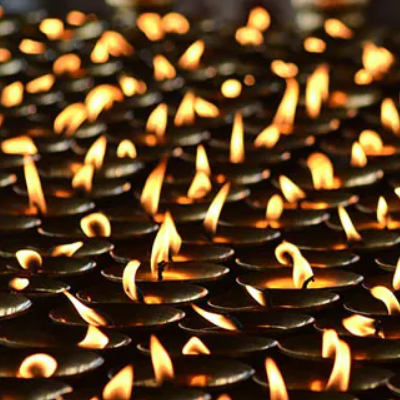Volume: 15, No: 02 ; February-2021
Status of women in a society is a barometer of its standards and shows how progressive it is. Women in Awadh, unlike many other kingdoms where women were oppressed and made or were known for very few significant contributions, had a decisive role to play. In all spheres, political, social, religious and literary their contributions were immense and in fact, many women in Awadh amassed a lot of wealth and property.Even the widows, separated women and the divorced were not forlorn but many a times had active roles to play. Till the women had the youthful charm, they influenced politics and then with the wealth they accumulated, in their later lives they gained prominence and were still able to stress their position in the society.
The Chief Consort or the senior most main wife of the Nawab or the king, almost in all cases belonged to a noble family. In a way, it was a ritualistic royal wedding that had to happen based on the status and the nobility of the two families. Most of the times, the Chief Consort was the eldest of all the wives so it was expected all to respect her. The ladies who were not from the royal families, often attracted the Nawabs and entered into an alliance or a contractual marriage, many a times for a very short period that could also be just an hour. These ladies were from all classes, courtesans, slave-girls and female-servants, baby sitters et al. Even young girls on the streets living in abject poverty and difficult means too attracted the attention of the Nawabs and then joined the royal harem.

Hazrat Mahal with Wajid Ali Shah. From Ishqnama written by Wajid Ali Shah – Image Credit : Windsor Castle – Royal Collection Trust.
If a child was born of this relationship, it graduated the mother to get the title of a ‘Mahal’. A few young girls from good families but poor too married Nawabs in another kind of marriage called ‘Dola’, a silent wedding that was held without a ritualistic procession. Wajid Ali Shah offered an upgrade to the women after they had his child in his harem, but many refused this privilege as then they knew they would have lost their liberty and will be confined to homes as the wife of the King. Earlier than Wajid Ali Shah, Nasir-ud-Din Haider had left behind many such young girls after his death but many opted to return to their own parental homes, as otherwise they would have been confined as a widow of the King, this in spite of a comfortable life that otherwise they could spend in confinement.
Some prominent and influential women of Awadh during the reign of Nawabs
Sadar-i-Jahan Begum
Nawab Safdar Jung who was the next in line after Nawab Sadat Khan Burhan-ul-Mulk became the Nawab of Awadh because of his wife Begum Sadar-i-Jahan, who was the daughter of the first Nawab Sadat Khan Burhan-ul-Mulk.
In the mid eighteenth century Pathans defeated Safdar Jung in a battle. They then conspired to confiscate the territory of Safdar Jung. Sadar-I-Jahan then formed an army of 10,000 soldiers and made her son Shuja-ud-Daula fight back and re-gain the territory. Begum Sadar-i-Jahan was instrumental in strengthening her husband Nawab Safdar Jung with additional help and forces from the Marathas and the Jats.
When Begum Sadar-I-Jahan’s son Nawab Shuja-ud-Daula took over the reign of Awadh, Begum Sadar-I-Jahan helped him mange Awadh, advising him from time to time. On one occasion Nawab Shuja-ud-Daula forcefully lifted a young girl from another community and molested her. For this ghastly act the Mughals wanted to remove Nawab Shuja-ud-Daula, but Begum Sadar-i-Jahan then very intelligently managed the situation well and the matter was put to rest amicably. Begum’s supremacy reduced after the death of her son, Shuja-ud-Daula and subsequent transfer of power to her grandson, Asaf-ud-Daula. Begum Sadar-i-Jahan was a devout Shia Muslim and had also got an Imambara and a mosque built in Faizabad near Moti Bagh.
Bahu Begum
Life of Bahu Begum, wife of Shuja-ud-Daula married in 1745 was not as easy as Shuja’s mother Sadar-i-Jahan. Shuja-ud-Daula was least interested in his wife and was inclined to many other women outside his marriage. Bahu Begum’s son Asaf-ud-Daula too was quite drifted from her mother, still she was quite authoritative and had a strong say in the political affairs. In fact at one point, when Asaf-ud-Daula had somewhat abandoned the throne, Bahu Begum ruled Awadh like a queen herself and quite efficiently too.

Bahu Begum’s name was Ummat-ul-Zohra and was of Persian origin, daughter of Mohammad Ishaq Khan Motam-ud-Daula, a nobleman in the Mughal court. The wedding of Shuja-ud-Daula and Bahu Begum was a huge affair but was somewhat unsuccessful, as Shuja was not a very loyal husband. In spite of this she earned a great respect from Shuja-ud-Daula due to her unconditional support to her husband. After Nawab Shuja-ud-Daula was defeated in the battle of Buxar by the British East India Company, Bahu Begum gave all her jewelry to her husband in order to reestablish himself.
Bahu Begum and her husband Nawab Shuja-ud-Daula, may not have had a cordial relations as husband and wife but in political and administrate decision Nawab Shuja-ud-Daula looked at her and admired her suggestions. Bahu Begum was quite authoritative and in fact, to come out of her authority, her son Asaf-ud-Daula shifted the capital of Awadh from Faizabad to Lucknow. After Asaf-ud-Daula had left Faizabad, Bahu Begum started nurturing Wazir Ali as the Nawab of Lucknow, though the British managed to pass on the throne of Awadh to Sadat Ali Khan instead after Asaf-ud-Daula. It is believed that she was the most powerful woman in those days and without compare right through her death in 1815.
Badshah Begum
Badshah Begum was the wife of Ghazi-ud-din Haider. She was born to Mubashir Khan Munajam-u-Mulk, an astronomer. Ghazi-ud-Din Haider was actually the first independent King of Awadh, not under control or affiliated to the Mughal Empire, so technically Badshah Begum was the first queen of Awadh and was greatly inspired by Bahu Begum, in fact she emerged much stronger and was much more politically and administratively active than Bahu Begum.
Badshah Begum showed her power many a times in Awadh. On one occasion, Ghazi-ud-Din’s minister Agha Mir disrespectfully relegated Nasir-ud-Din Haider the heir apparent to the throne of Awadh, during the visit of the Governor General, and this act did not go down well with Badshah Begum who took offence of it. She got the minister replaced with another minister, Mirza Haji. Later Mirza Haji was instrumental in arranging another wife Mubarak Mahal for the King Ghazi-ud-Din Haider, this too was not taken lightly by Badshah Begum, thus she once again tactfully got the earlier minister Agha Mir, back. Though Agha Mir did not change his ways in his second tenure too and somehow managed to convince the heir apparent Nasir-ud-Din Haider to leave the home and stay separately but then Badshah Begum successfully convinced her son Nasir-ud-Din Haider to return.
After Nasir-ud-Din Hider took over the throne of Awadh, Badshah Begum the queen mother became even more powerful. Agha Mir, the minister was removed and Mir Fazal Ali was made the minister. Nasir-ud-Din Haider’s favourite wife Qudsia Begum died but queen mother Badshah Begum did not mourn her daughter-in-law’s death the way her son and now the King Nasir-ud-Din Haider expected. This only brought bitterness between the mother and son and the son wanted the queen mother to leave the palace which she refused and resisted a forced attempt of the army to dislodge her. Even a pitched battle was fought and blood was shed too. Though finally in 1837, she left the royal palace but then she raised her own army and body guards for her defence. She was now becoming so powerful that there was confrontation too between her son’s army and her own, so much so that Ghazi-ud-Din Haider had to take British help to put this to order. After the death of her son King Nasir-ud-Din Haider, she tried to pass on the throne to her grandson Munna Jaan, but British foiled this ambitious attempt and arrested her and Munna Jaan, imprisoning them in the Chunar Fort in Mirzapur. Even after this, she kept trying her best to get Munna Jaan placed on the throne by petitioning the board of directors of the East India Company, though without any favourable result she died in 1846 in Chunar Fort.
Qudsia Begum
Not only that Qudsia Begum was Nasir-ud-Din’s favourite wife but was quite powerful and independent too. This was probably the reason that she did not go along well with her mother-in-law Badshah Begum as both were authoritative and alike when it came to power and influence. Her interference in political and administrative affairs of the state was no less and she was able to oust Hakim Mehdi, the minister and bring in her own choice as the minister, Roshan-ud-Daula. She in fact corresponded with the British Resident herself, which was unheard as a protocol and that too being a lady in those times. Had she not died early in 1834, she would have emerged as the most influential Begums of her times. Interestingly even after her death, her death itself became a reason of discord between the queen mother, Badshah Begum and her son Nasir-ud-Din Haider which soured the relationship between the two.
Malika Zamani
A baby sitter, Malika Zamani was employed to take care of Munna Jaan. She was from Varanasi, born in a downtrodden family and was later purchased by a Muslim family to be brought up as a Muslim. She had many men in her life and was then eyed by the king Nasir-ud-Din Haider. Nasir-ud-Din was so influenced by her that he not only married her but also declared her son Qaiwan Jah, from one of her previous relationships, as heir apparent to the throne of Awadh.
Malika Zaamani amazed a lot of wealth and earned handsomely from the estates that were granted to her. Her power in political and administrative affairs was even noted by Fanny Parkes, a travel writer of those times, who mentions “she is after all, the person of the most political consequence, and she has great power over her royal husband”. Malika Zamani’s daughter from her previous marriage, Sultan Alia was married to the grandson of Mohammad Ali Shah and so she ensured that her children get a much better life and be considered influential royals in future.
Malika Kishwar
Chief Consort of King Amjad Ali Shah was Begum Malika Kishwar Taj Ara who belonged to the family of Abdul Rahim Khan-i-Khanan, a poet and one of the nine gems of Mughal Emperor Akbar.

When Amjad Ali Shah was ruling Awadh, she was not so politically and administratively involved or we can safely say, there was no need as such then, but when Wajid Ali Shah came to power, her influence not only increased but she travelled to England to meet Her Majesty Queen Victoria to get her son reinstated on the throne of Awadh in 1856 when he was removed and exiled to Calcutta. Sir William Sleeman in his report had mentioned that Malika Kishwar influenced political and administrative decisions of Awadh. Sleeman was not happy with Malika Kishwar’s interference in political and administrative matters of the state but he too admired her administrative and political qualities. In fact William Sleeman was the one to propose her name for the Regency Council for Avadh. In one of the instances, she on behalf of the Rani of Nanpara after the death of Rani’s husband Munnavar Khan, tried to plead her case with the Resident of Awadh and she was asked to stay away from this matter. In another instance, she was regularly counseling her son Wajid Ali Shah for appointments on important positions in his court. A parallel court too was held by her to address the problems of the ladies in Awadh, who used to turn up in large numbers for justice. Malika Kishwar was a devout Shia Muslim and observed Muharram very religiously and ritualistically, even the babies in the house were not fed till the burial of edifices took place in the burial grounds on the tenth day of Muharram.
Begum Hazrat Mahal
She is well known as a freedom fighter who led the struggle of 1857 from Awadh after Wajid Ali Shah was exiled and instead of going to Calcutta she stayed back in Lucknow and got her son Birjis Qadar crowned as the king of Awadh. Hazrat Mahal known as Mehek Pari was taken into the harem and when she gave birth to Wajid Ali Shah’s son she was titled Mahal, a title that was accorded to those ladies who gave birth to King’s child. Wajid Ali Shah initially fancied her a lot but later he discovered Hazrat Mahal had a birth mark of snake on her back, which he found inauspicious and divorced her. Some historians and analysts say that Wajid Ali Shah was also not happy with Begum Hazrat Mahal’s decision to oppose the British when Awadh was being annexed, as he could foresee a lot of bloodshed.

British were most unhappy with this Begum in Awadh as she led the revolt and Hazrat Mahal emerged as people’s leader. She was able to influence and excite the masses to revolt and also to support the crowning of her son Birjis Qadar as the next King of Awadh. Of course the rebellion failed and Begum Hazrat Mahal had to flee to Nepal to take refuge there and later she died in Kathmandu in 1879. Russell in one of his writing quotes: “She was a better man than her husband” which explains a lot about her personality.
Hazrat Mahal was the last powerful lady of Awadh as after that Awadh was officially annexed as a part of East India Company and thereafter the reigns were under the Imperial Crown.

Grave of Begum Hazrat Mahal in Kathmandu, Nepal
Tornos conducts Wajid Ali Shah Walk through Kaiserbagh Palace Complex and in this Walking Tour the subject of powerful women in Awadh’s history is touched upon, apart from detailed analysis of Wajid Ali Shah and the many women in his life.
LUCKNOWLEDGE is an initiative by Tornos. We do not intend to intrude your privacy and thus have an automated UNSUBSCRIBE system. At any point you may unsubscribe to our e-column or subscribe to it again through a link on our website. The above article is shared and in no way intends to violate any copy right or intellectual rights that always remains with the writer/publisher. This e-column is a platform to share an article/event/update with the netizens and educate them about Destination Lucknow.











